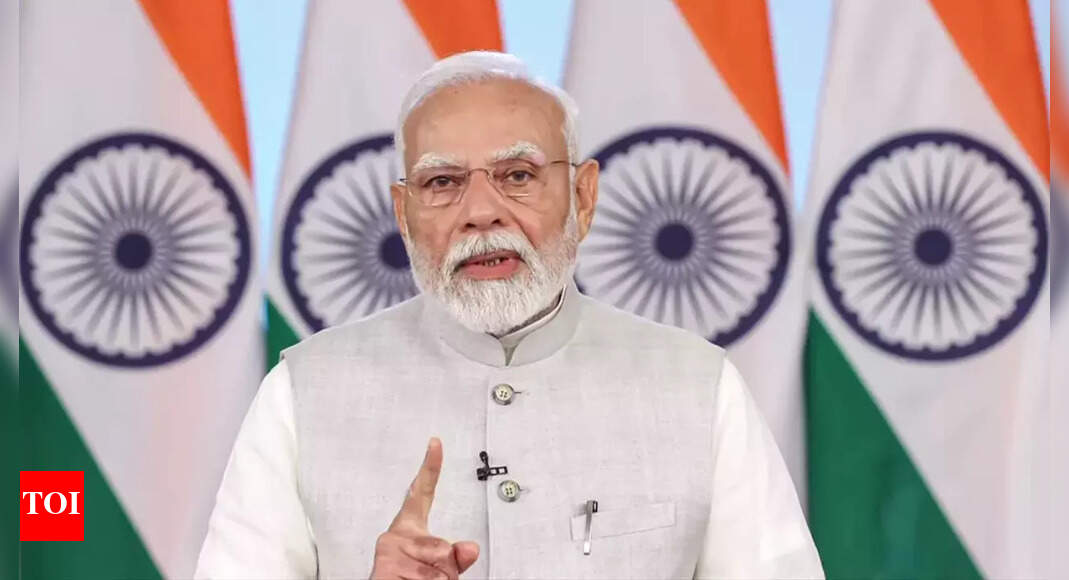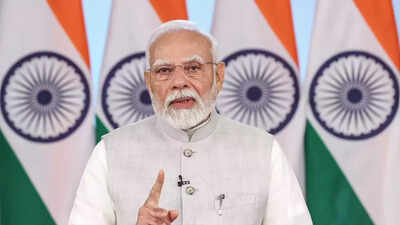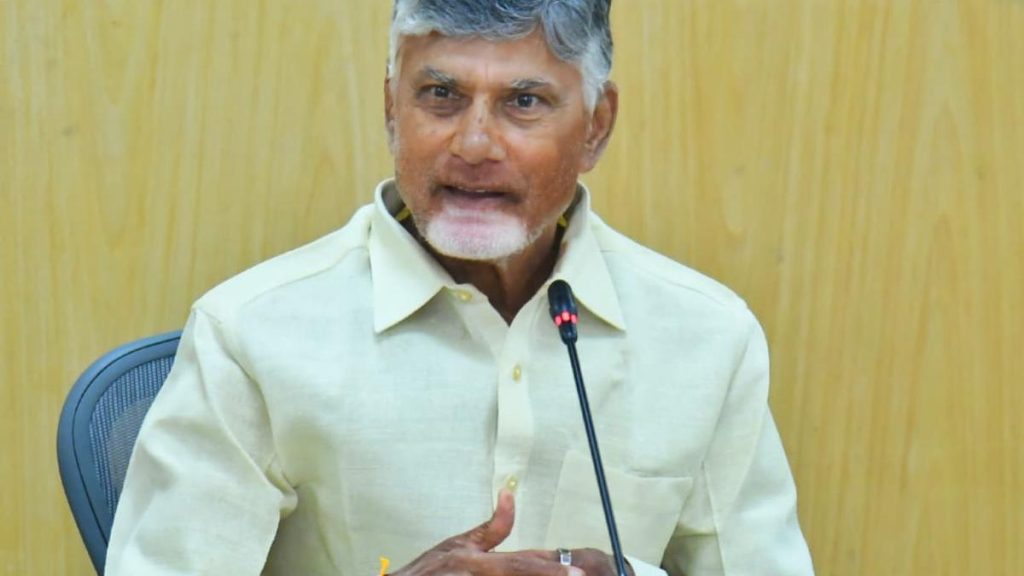Now Reading: PM Modi Highlights Northeast’s Role in India’s Growth Trajectory
-
01
PM Modi Highlights Northeast’s Role in India’s Growth Trajectory
PM Modi Highlights Northeast’s Role in India’s Growth Trajectory

### Quick Summary
– PM Narendra Modi highlighted the Northeast as a “frontrunner of growth” during the ‘Rising North East Investor Summit.’
– The summit witnessed investment commitments surpassing Rs 2 lakh crore, including Rs 75,000 crore from Reliance Industries and Rs 50,000 crore from Adani Group.
– Muhammad Yunus of Bangladesh’s interim government had earlier described India’s northeastern region as “landlocked” and suggested it could become part of China’s economic influence via bangladesh’s ocean access.
– In response, PM Modi emphasized that geography cannot restrict growth in the Northeast and positioned it as central to India’s Act East Policy. He highlighted its role as a gateway for trade with ASEAN nations.
– Recent developments include over 11,000 km of highways, new railway lines, expanding air networks, projects like Sela Tunnel and the Bhupen Hazarika bridge. Guwahati, Imphal & Agartala are emerging logistics hubs.
– Modi noted transformations in peace and security: over 10,000 youth surrendered arms; peace accords improved governance in a previously troubled region.

[Read More](https://timesofindia.indiatimes.com/india/muhammad-yunus-counter-northeast-key-to-indias-growth-says-pm-modi-bangladesh/articleshow/121369595.cms)
—
### indian Opinion Analysis
The remarks by Muhammad Yunus underscore external perspectives on the strategic importance-and challenges-of India’s northeastern region. Traditionally perceived as geographically isolated due to its landlocked nature amidst complex borders with neighboring countries like China and Bangladesh, this view has been countered by PM Modi with evidence of infrastructural change and strengthened trade potential.From an Indian perspective leveraging its Act East Policy framework-integrating infrastructure development into international connectivity-the Northeast appears poised for enhanced integration into South Asian economic ecosystems while retaining national sovereignty over this vital frontier zone. Substantial private investment commitments signal confidence in long-term opportunities despite prior concerns about past instability. This transformation could yield lasting socio-economic benefits to an area once marred by conflicts but now aligned toward peace-driven prosperity.
Returning focus inwardly ensures self-reliance while selectively revitalizing outward partnerships for broader regional cooperation-a nuanced balance critical for India’s geopolitical strategy concerning neighbours like Bangladesh or ASEAN members ahead.


























